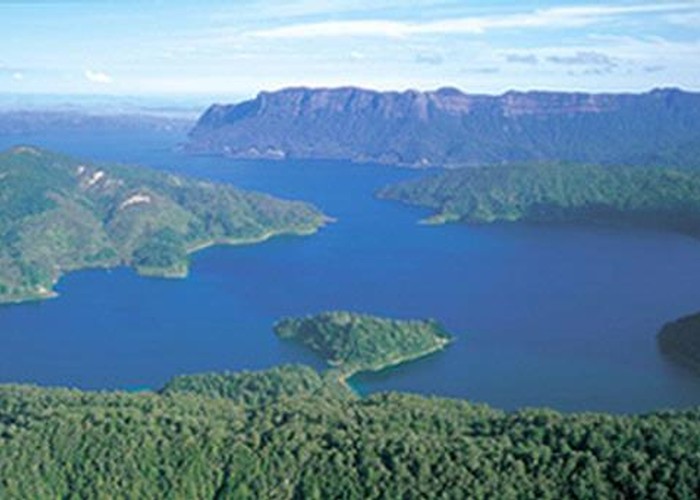A short history of long walks in Aotearoa
An interesting summary of the origins of tramping in New Zealand, and how it has become part of the Kiwi psyche.

Getting around in New Zealand with its raging rivers and steep topography has never been straight forward and has often involved long journeys by foot. This may be the reason why even today wilderness walking is close to the kiwi heart.
Maori arrive to Aotearoa
The first people to inhabit Aotearoa (New Zealand) were voyagers in the true sense, having risked all to cross the largest ocean in the world. It’s rather fitting that these characters are remembered as demi gods who slayed demons, shaped the physical world, and in death became part of the very landscape they created.
Their descendants remembered their feats and matched various legends to the landforms around them. In this way the ancient Maori used their stories and genealogy to navigate on long foot journeys, carefully avoiding the mountain peaks where their gods still held court.
Europeans came next
In the late 18th century the first Europeans deemed much of the country impassable due to dense forest, steep mountains and most fatally wide raging rivers. Drowning became known as the “New Zealand death”, as travellers were routinely swept down swollen rivers.
The majority of settlements were limited to the coast and alongside major waterways, where ships and canoes could come and go with ease. However, with the prospects of gold, good sheep grazing and the ever present quest to survey, the frontiers of New Zealand were continually pushed by the likes of Charles Heaphy, Patrick Caples and William Colenso - New Zealand’s own versions of Australian explorer “Matthew Flinders”.
Early tourism
Whilst large parts of the country were still yet to be explored the government was enthusiastically developing a tourism industry that would include the volcanic peaks of Tongariro, the geothermal wonders of Rotorua, and of course the Milford hiking trail.
Road and rail
Early 20th century a network of road and rail crisscrossed all but the steepest parts of the terrain. Work in scrub clearing and native timber harvesting gave way to more sedentary work, but the romance of “the bush” stayed in the New Zealand psyche leading to a new wave of outdoor enthusiasts who dubbed themselves “trampers”.
Deer hunting
Around the same time New Zealand experienced an ecological crisis. The deer that were introduced a century earlier as game were destroying large swathes of native forest. In 1930 red deer were declared a pest and a bounty offered for their eradication. Once again Kiwi blokes laced up their boots and went bush. They established tracks, bridges and thousands of huts creating the basis for what is undoubtedly the best hut/track network in the world.
With the advent of helicopter shooting, deer numbers were quickly under control and the huts were adopted by keen trampers, climbers and recreational hunters, who pitched in to maintain and improve the facilities.
Department of Conservation
The Department of Conservation was formed in 1987 to take over from the forest service with a mandate to conserve national parks and facilitate recreation. They maintained and extended the hut/track network and developed nine of the best routes known as the Great Walks:
Lake Waikaremoana Track
Tongariro Northern Circuit
Abel Tasman Coast Track
Heaphy Track
Routeburn Track
Milford Track
Kepler Track
Rakiura Track
Whanganui Journey
Each one of these spectacular journeys provides a full explanation as to why walkers from all over the world are so keen to spend their leisure time with packs and boots, sweating it out in New Zealand’s Great Outdoors.
For more info visit: http://www.doc.govt.nz/
Author Rob Franklin has spent his life walking in the New Zealand outdoors; from working on his family’s remote sheep farm to tramping and climbing the national parks from top to bottom. His passion led him to found Walking Legends, a guided walks company that takes pride in New Zealand’s rich history, providing fantastic service and having fun. To find out more visit: http://www.walkinglegends.co.nz
Comments
- No comments yet. Sign in to add yours!
ID 8136
About this article
License
All rights reserved
18 views in the past year (2 per month).